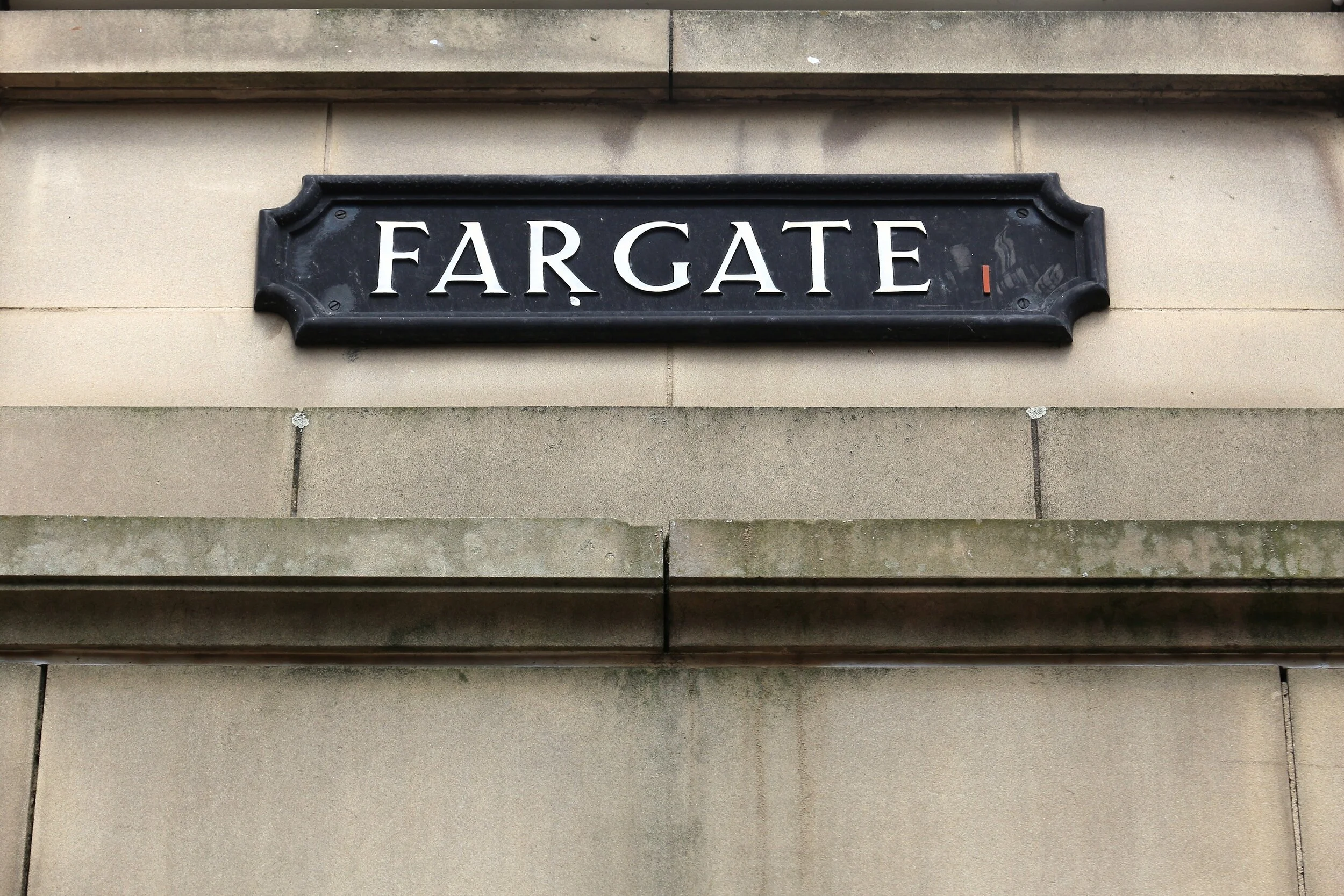Serverless computing is on the rise. Data from Forrester Research reveals that almost 50% of companies are either using or intend to introduce serverless architectures in the next year.
In this article we discuss the benefits of serverless computing, specifically Amazon Fargate, and we outline why it is particularly suited to greenfield applications.
Serverless Computing & the Drive toward Digital Transformation
Organizations are going serverless because it eliminates the need for managing servers, operating systems, storage, and other systems, so that developers can focus on simply writing the code for applications that run in the cloud. Billing is restricted to the amount of time the process is running, so organizations don’t have to worry about provisioning, scaling, and management.
All of this helps enterprises in their pursuit of digital transformation. Organizations are harnessing the power of serverless computing to promise to improve operational efficiency, accelerate time to market, and meet customer expectations more consistently.
Why AWS Fargate?
AWS Fargate is a serverless platform for containers that can be used with both Amazon Elastic Container Service (ECS) and Amazon Elastic Kubernetes Service (EKS). Organizations choose Fargate because it allows developers to concentrate on building applications without the need to manage servers. Users specify and pay for resources per application, and they get enhanced security through application isolation by design.
Serverless for Greenfield Applications
Moving to serverless is not without its complications. It frequently involves re-architecting applications or swapping crucial system components, including databases. These kinds of considerations can make it expensive and disruptive. Consequently, many organizations favor serverless as safer for greenfield development.
Greenfield projects — where an application is built from scratch — have no legacy considerations and are better suited to serverless platforms. Indeed, an IDC white paper found that companies using serverless platforms to release new products reduced their five-year operating costs by 60% and achieved compute deployment 89% faster.
The Benefits of AWS Fargate for Greenfield Applications
Using AWS Fargate means you don’t have to choose instances or scale cluster capacity because it allocates the precise amount of compute power required. It runs each task or pod in its own isolated compute environment, giving your application workload isolation and improved security by design. This makes it ideal for mission-critical applications.
Here are more details on why you should use Fargate for your next greenfield application.
1. Deploy and manage applications, not infrastructure
Fargate makes it unnecessary to provision and manage servers for your greenfield operation. Whether you run it with ECS or EKS, you can concentrate on building and operating your applications. Your interaction and payment is limited to the containers you use, and you no longer have to deal with operational overloads like scaling, patching, securing, and managing servers. Amazon ensures that the infrastructure is continuously updated with the necessary patches.
2. Tailored resources with flexible pricing
Over-provisioning is a thing of the past with Fargate because you only pay for the resources needed to run your containers. Fargate calibrates the compute power to meet the resource requirements you specify for the container.
Flexible pricing options include the Spot and Compute Savings Plan available with Amazon EC2 instances. Fargate Spot is up to 70% less than On-Demand for interrupt-tolerant applications, while Compute Savings Plan offers up to 50% savings on committed spend for persistent workloads.
3. Enhanced security
Fargate can help alleviate security concerns when building your greenfield application. It runs individual ECS tasks or EKS pods in separate, dedicated kernel runtime environments. None of these share CPU, memory, storage, or network resources with other tasks and pods. This gives you added peace of mind, ensuring workload isolation and enhancing security for each task or pod.
Conclusion
Many developers are choosing AWS Fargate for their next greenfield application project. By ending the process of provisioning and managing servers, paying only for the resources they use per application, and enhancing their security through application and isolation, developers are finding AWS Fargate as a “no-brainer” solution for their next digital transformation project.
About Stone Door Group
Stone Door Group® is an AWS partner that modernizes the digital enterprise through skilled DevOps and Hybrid Cloud professional services. We make it easy to quickly access and deploy DevOps solutions to transform your business and provide certified consultants to deliver your projects. To learn more, drop us a line at letsdothis@stonedoorgroup.com.
About the Author
James Kersbergen is a Senior Architect, AWS Professional Architect, and Red Hat OpenShift Certified Delivery Consultant for Stone Door Group, a DevOps Solutions Integrator. James, along with many other SDG consultants, work with enterprises of all sizes to help them execute on their DevOps and digital transformation strategies.



